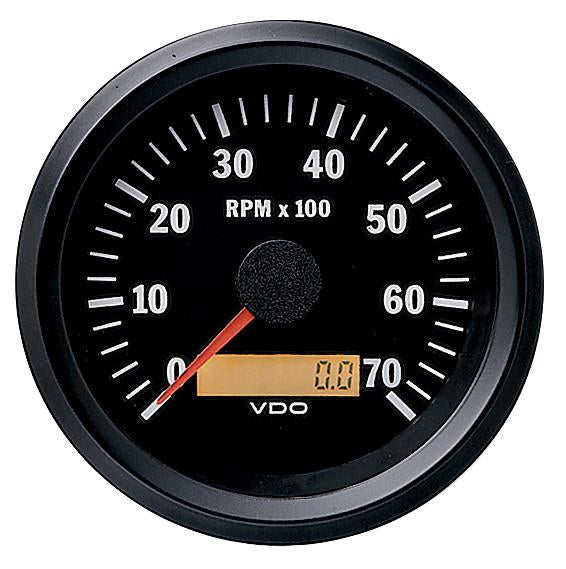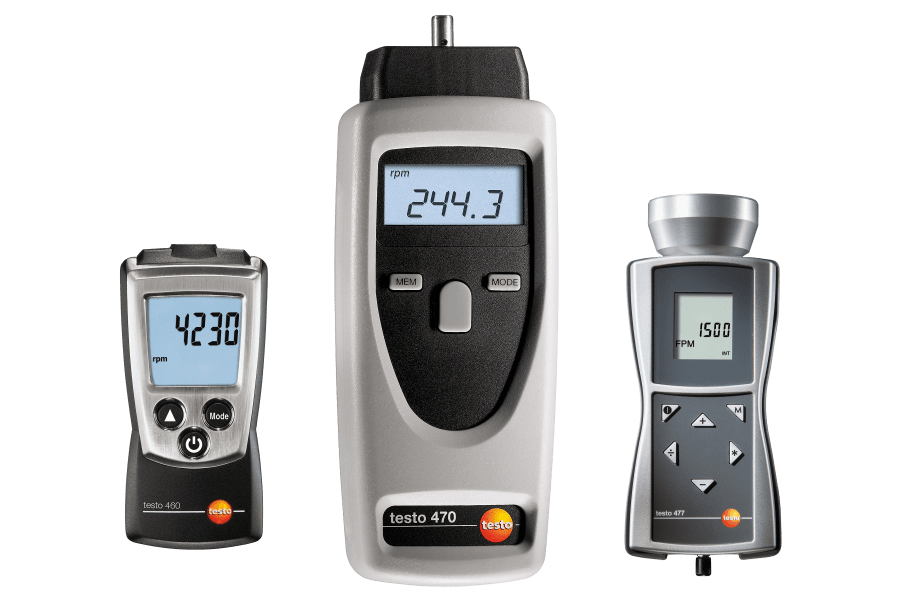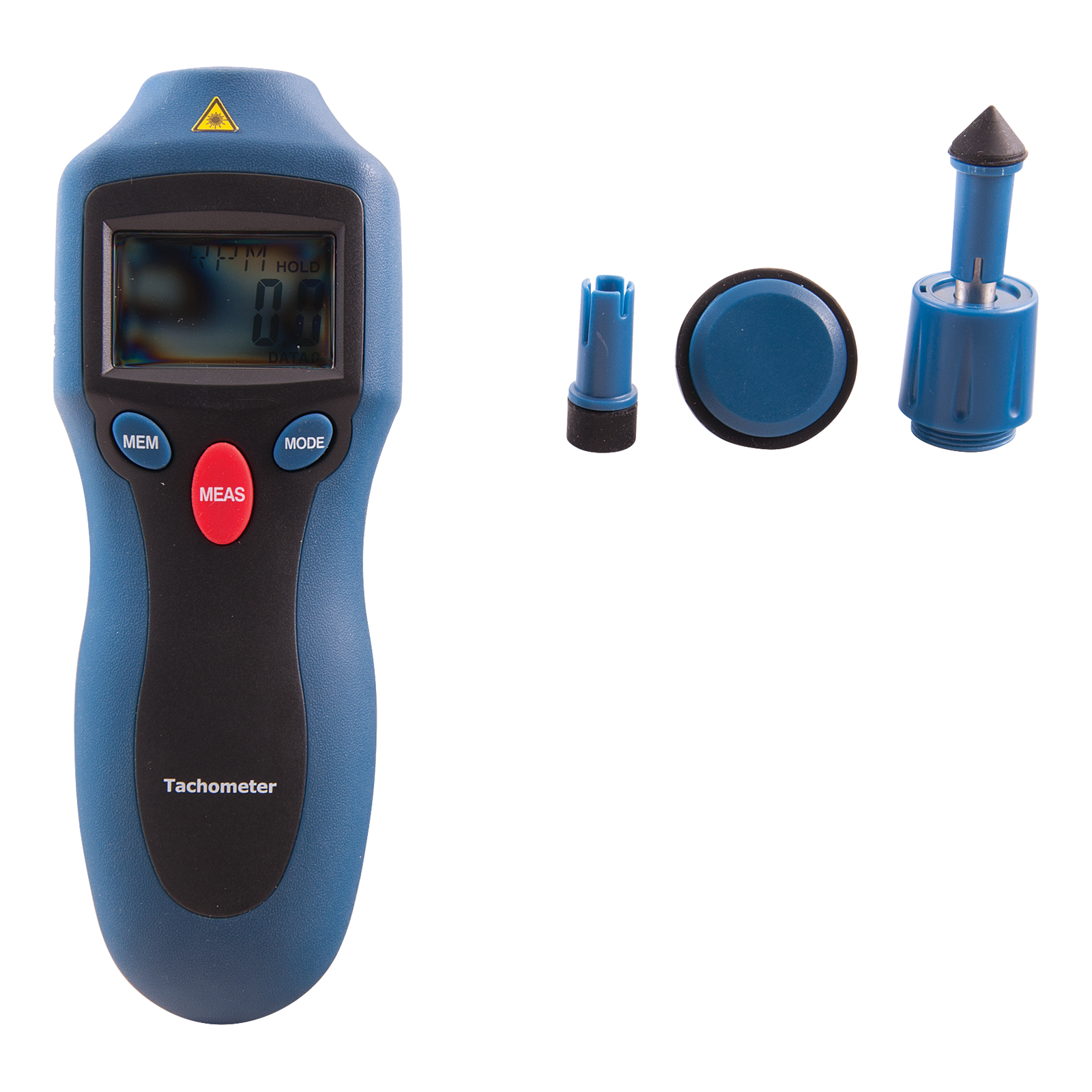The Significance of a Tachometer in Monitoring Engine Rate and Performance in Automotive Applications
In the world of auto design, the tachometer stands as a pivotal instrument in the chauffeur's toolbox, giving a straight home window into the inner workings of a car's engine. Beyond its function as a simple gauge of transformations per min (RPM), the tachometer offers as a crucial tool for enthusiasts and professionals alike, providing real-time understandings right into engine performance and health and wellness.
Value of Keeping An Eye On Engine RPM
Checking engine RPM, or changes per min, is an essential facet of auto upkeep and efficiency examination. Engine RPM directly correlates with the speed at which the engine's crankshaft rotates, showing just how swiftly the engine is running - tachometer. By keeping an eye on RPM, auto mechanics can examine the health and wellness of the engine, spot potential issues, and fine-tune efficiency. An uncommon RPM analysis may signal troubles such as engine misfires, malfunctioning stimulate plugs, or issues with the fuel distribution system. Constantly high RPM readings can show hostile driving habits or the need for a greater gear shift to boost fuel performance.
Furthermore, keeping an eye on engine RPM is crucial for efficiency evaluation in racing and high-performance automobiles. Preserving ideal RPM degrees is important for attaining peak power result and velocity. Racers usually utilize tachometers to guarantee they are running within the ideal RPM array for optimum performance. In recap, checking engine RPM is not only crucial for discovering issues however likewise for maximizing engine efficiency in different automobile applications.

Benefits of Real-Time Information
In automobile applications, real-time information plays a crucial duty in giving instantaneous understandings right into the efficiency and condition of the vehicle. By constantly monitoring numerous criteria such as engine rate, temperature level, fuel usage, and extra, real-time data offers various benefits that add to boosted efficiency and security when driving.
One significant advantage of real-time information is its ability to sharp motorists and professionals to any type of abnormalities or problems quickly. This positive approach allows fast identification of possible issues, permitting timely interventions to avoid further damages or failures. Furthermore, real-time data facilitates performance optimization by supplying instant feedback on driving habits and engine effectiveness. Vehicle drivers can change their behavior in real-time based upon this information to achieve better gas economic climate and extend the lifespan of their car.

Moreover, real-time data plays a vital function in contemporary automotive diagnostics, enabling professionals to promptly diagnose and resolve breakdowns. This leads to reduced downtime, reduced upkeep prices, and inevitably, improved overall lorry integrity and long life (tachometer). By harnessing the power of real-time information, automotive stakeholders can make enlightened decisions that positively impact both the efficiency and long life of the car
Influence On Gear Shifts
The tachometer plays an essential function in optimizing equipment shifts by offering real-time engine rate information to the vehicle driver. When approaching the redline on the tachometer, it signals the vehicle driver to upshift to stop over-revving the engine and triggering possible damage.
Furthermore, the tachometer aids in accomplishing smoother gear transitions, particularly in hand-operated transmissions. By checking engine speed, chauffeurs can execute equipment shifts at the optimum RPM variety, decreasing jerking motions and reducing endure the transmission components. This accuracy this page in equipment changes not only boosts driving comfort however also adds to fuel efficiency.
Enhancing Gas Performance
Offered the vital duty the tachometer plays in enhancing equipment shifts for performance and engine wellness, it directly adds to taking full advantage of gas efficiency in vehicle applications. By supplying real-time responses on engine speed, the tachometer aids chauffeurs in preserving one of the most reliable RPM array for fuel economy. When vehicle drivers continually keep an eye on the tachometer and change their motoring routines accordingly, they can stay clear of unneeded gas consumption created by over-revving or lugging the engine.
Furthermore, the tachometer aids chauffeurs recognize one of the most fuel-efficient gear to be in at any kind my site of given minute, protecting against the engine from functioning more difficult than required. This is specifically vital during acceleration and travelling, where remaining in the best gear can substantially affect fuel performance. Additionally, the tachometer can alert drivers to potential mechanical issues that could be negatively affecting fuel economy, such as a sliding clutch or a clogged air filter. In final thought, the tachometer functions as a beneficial device in improving gas performance by promoting optimal driving routines and identifying locations for enhancement in the lorry's efficiency.

Maximizing Engine Longevity
The tachometer's role in keeping track of engine rate and efficiency is instrumental in making sure the longevity of vehicle engines. Monitoring the tachometer enables drivers to stay within the suggested RPM variety for their automobile, stopping unneeded pressure on the engine and prolonging its life-span.

Conclusion
Finally, the tachometer plays a crucial function in checking engine rate and efficiency in vehicle applications. By giving real-time information on RPM, it enables reliable equipment shifts, enhanced gas efficiency, and taken full advantage of engine longevity. This tool is vital for maintaining ideal engine efficiency and ensuring the general capability of an automobile.